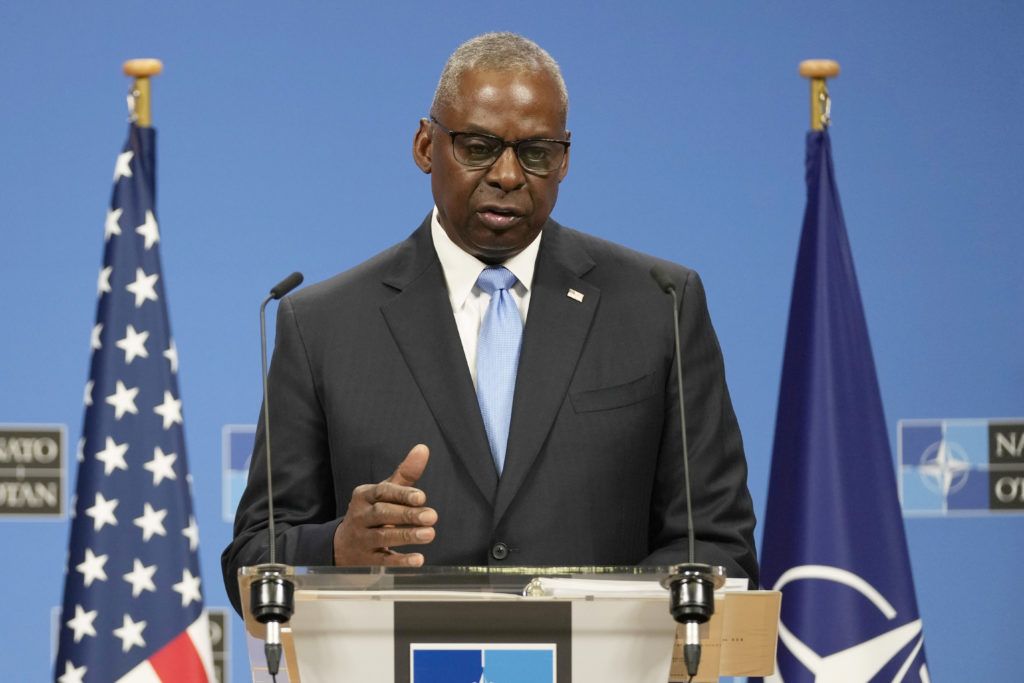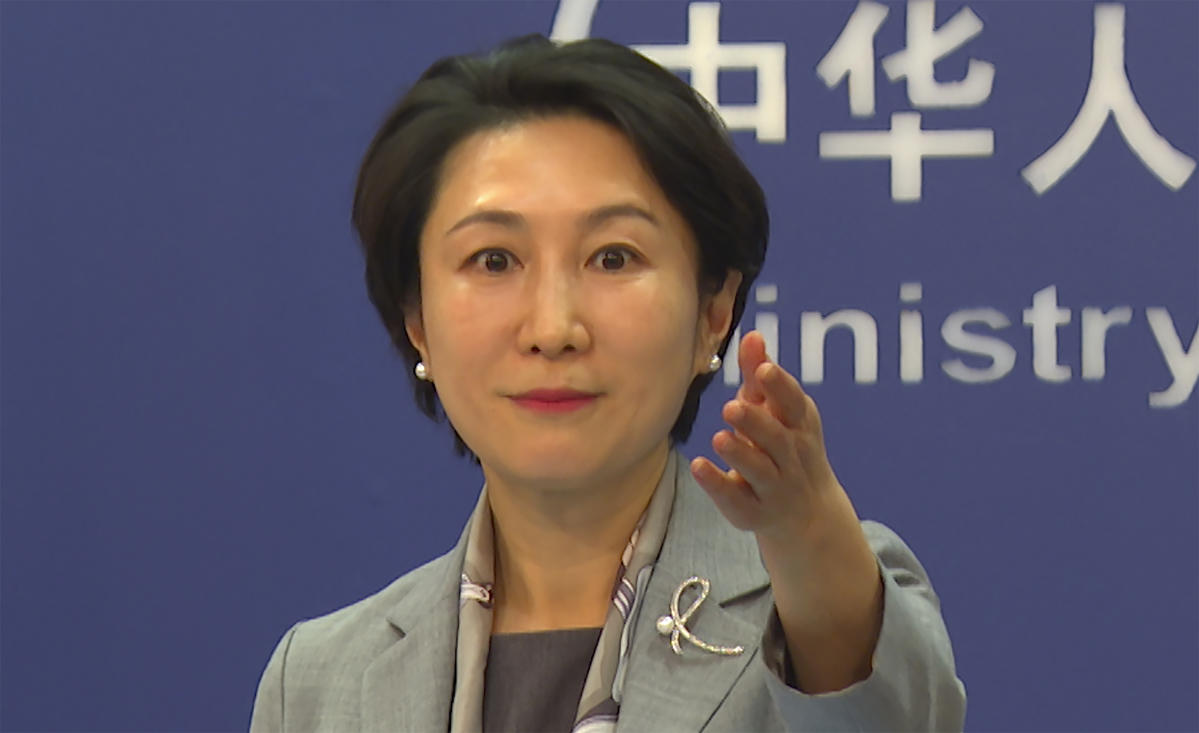Willard will welcome a new kind of housing development for the Ozarks in 2025. Cottages at Generations Village, funded in part by a $15 million grant from the Missouri Housing Development Commission, broke ground in 2022. Its amenities and services are designed to promote the physical, mental, and emotional well-being of its intergenerational residents: foster families and senior citizens.
Cottages at Generations Village, a nonprofit community, will feature 12 homes with three to four bedrooms for foster families and eight units with 2 bedrooms for youth aging out of foster care. Seniors will live in 32 two-bedroom units. Front porches on all units are designed to facilitate casual and intentional neighboring.
“It’s an organically grown community where the residents of the community solve their own problems,” said Jan Furr, a founding board member of Generations Village. “We create the environment of hope and healing, and they can come together with services that we provide to make a very wholesome future.”
Keeping foster kids ‘rooted in love to flourish in life’
According to a 2017 policy brief from the Center for Family Policy and Research, Missouri foster youth experienced an average of three placements during their most recent time in foster care. And the longer a child is in foster care, the more likely they are to experience even more placement transitions. These disruptions are often traumatic, and foster children frequently struggle to gain a sense of belonging.
Kids need stability in order to flourish. But that luxury is not always available to Missouri’s more than 12,300 children in foster care. Generations Village hopes to provide that stability for foster families in the Ozarks.
“They’re getting that additional support,” said founding board member Kristiann Hudson. “Hopefully that will help us to retain foster families and create more stability for the kids placed in their homes.”
The policy brief also reported as many as 66% of foster children will experience mental health difficulties but only 23% percent will actually have those needs met. Furr added that foster children are often overwhelmed by trauma. This might cause them to present challenging behaviors in their homes, communities, or their futures.
But board members envision different outcomes for foster children at Generations Village. In addition to their services from the Children’s Division, these families will also have access to health and mental health services through the community. They’ll also have access to career counseling through OTC, educational and recreational activities, volunteer opportunities, and field trips.
“Kids that come out of an intergenerational community, like Generations Village is going to be, have astoundingly different futures because the red flag areas in a lot of foster kids’ lives such as teen pregnancy, crime, drug use, are just not there,” Furr said.
Modeled after success: Intergenerational communities in other states
Furr is right about the outcomes of foster children who come out of intergenerational communities. Generations Village is partially modeled after Treehouse Village, a similar intergenerational community in Easthampton, Massachusetts, built in 2006. Between then and 2019, there were zero failed foster placements at Treehouse Village.
More: Financial analysis of development highlights places to grow, caution for expansion
The community also reported that Treehouse youth graduated high school and attended college or vocational training at rates high above the national average or foster youth. Only 5% dropped out of high school over 13 years, and none were arrested.
“We’re so excited about the interfacing of all those residents together and just all the positive outcomes that can grow out of that kind of environment,” Furr said of Generations Village.
The intergenerational model allows foster children to thrive in a stable environment while seniors provide mentoring, tutoring, and coaching roles. According to board members, the goal is for youth to create lasting connections. Along the way, they might learn a few things from the seniors, too.
“Many of the things that they don’t learn in school, they’ll learn from the seniors who have had that experience and the time,” said Furr’s husband Tom, who is also a founding board member.
What’s on the horizon for Generations Village, opening in 2025
James Switzer, Board Treasurer and Finance Committee Chair, says that Generations Village is still expected to open its gates to residents in 2025. The nonprofit has been in a holding pattern with MHDC, but anticipates the final closing to be coming up quickly. The volunteer board is also actively searching to fill its only paid position: executive director.
According to Furr, Generations Village will be the first intergenerational community in the state of Missouri. She says the Ozarks are the perfect place to address child abuse and neglect, and the organization has had ample community support already.
“Anything they can do to help us,” Furr said. “We need prayers and we need funds. Everything that we can pour into the seniors in our community, and the foster kids, and the foster parents who are doing such a great job with kids.”
This article originally appeared on Springfield News-Leader: Generations Village will bring foster families, older adults together
Signup bonus from




